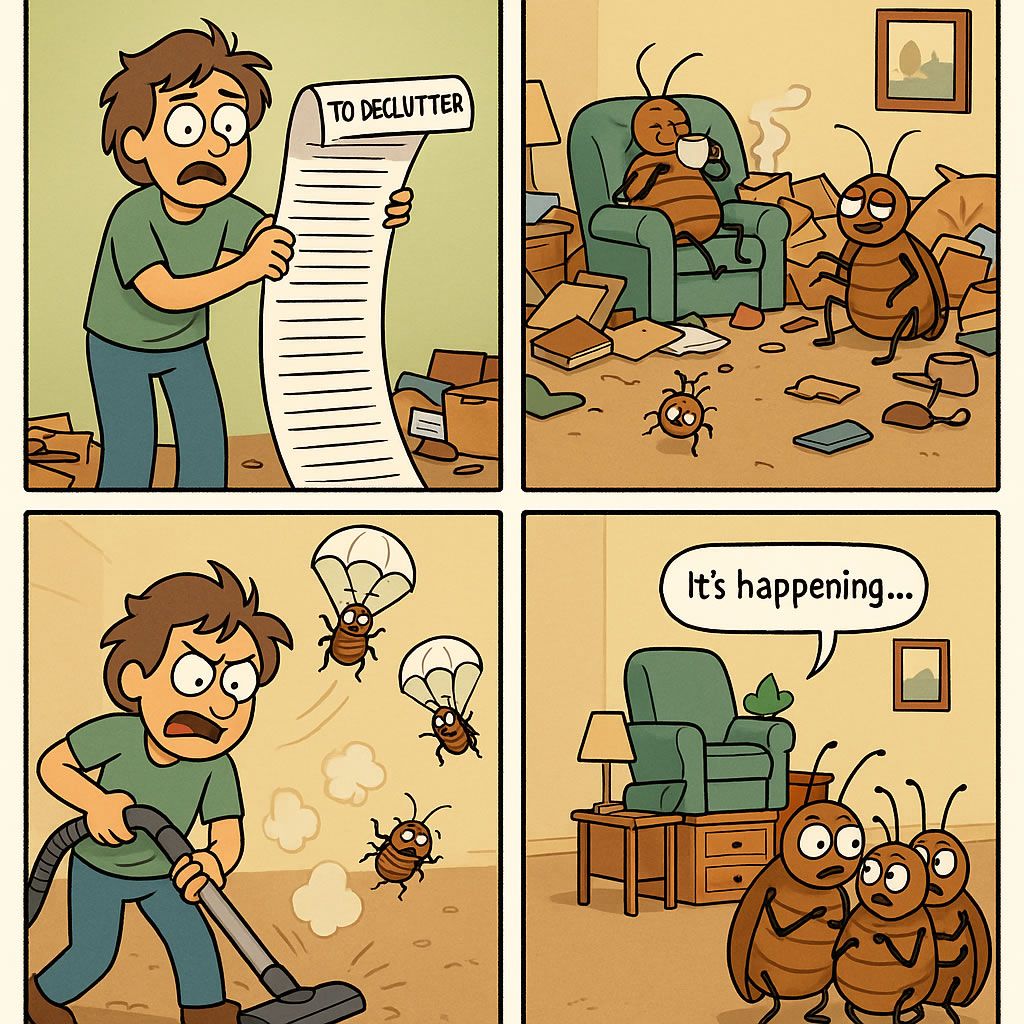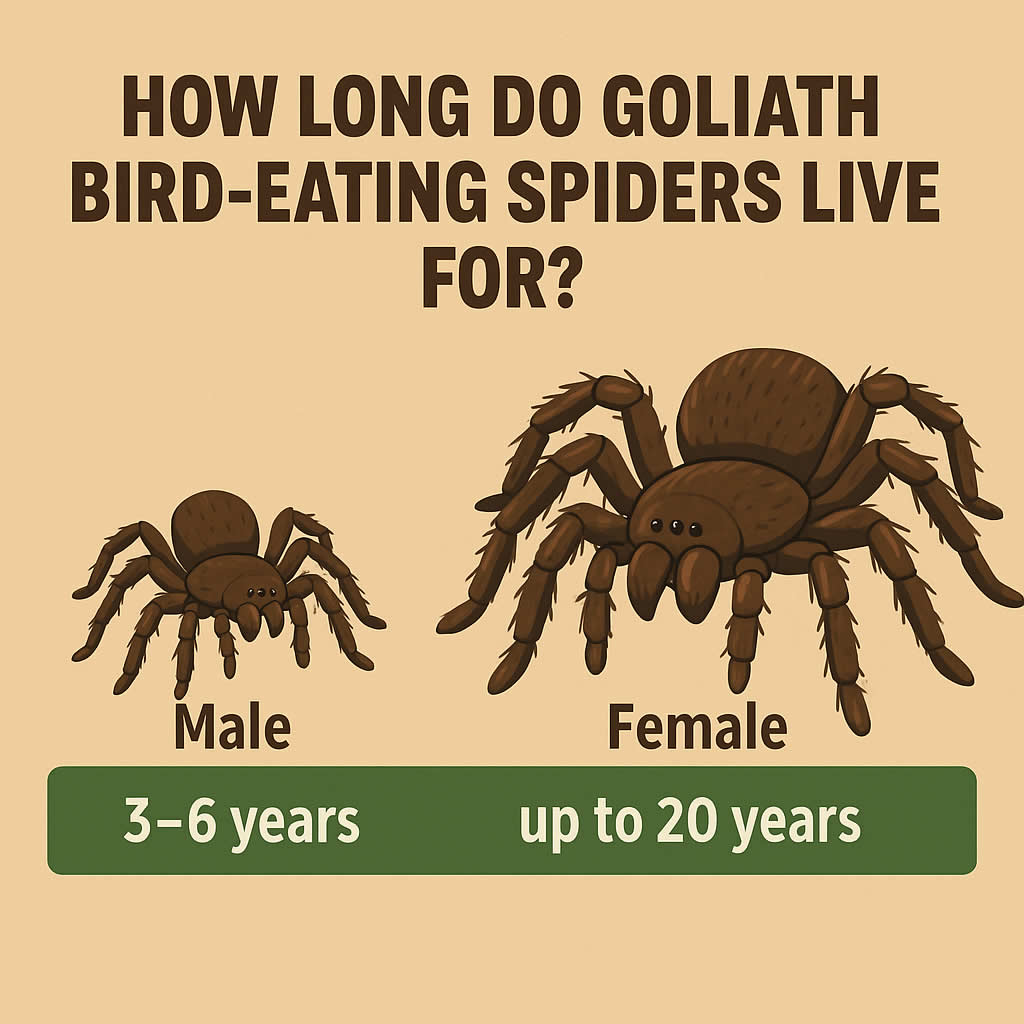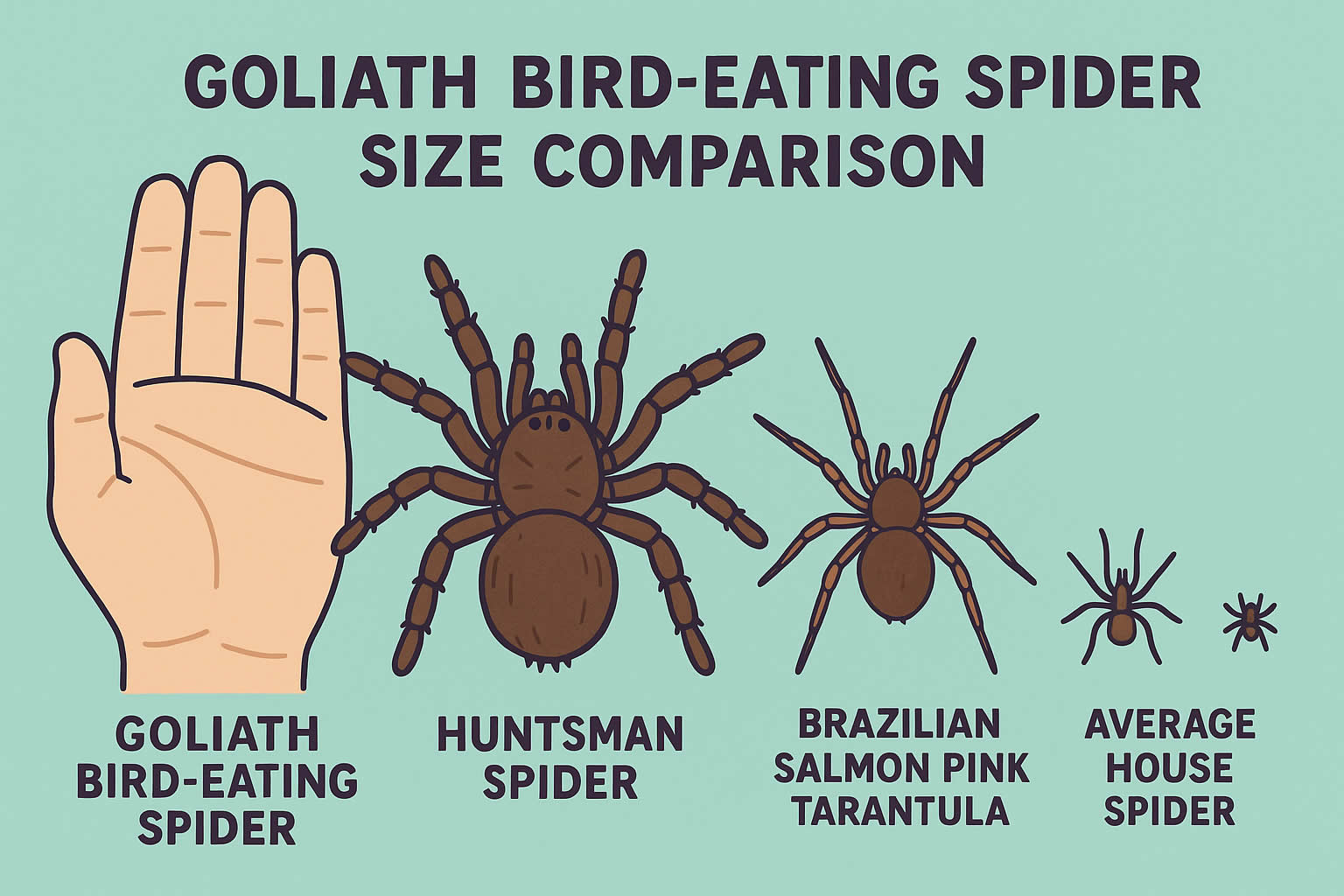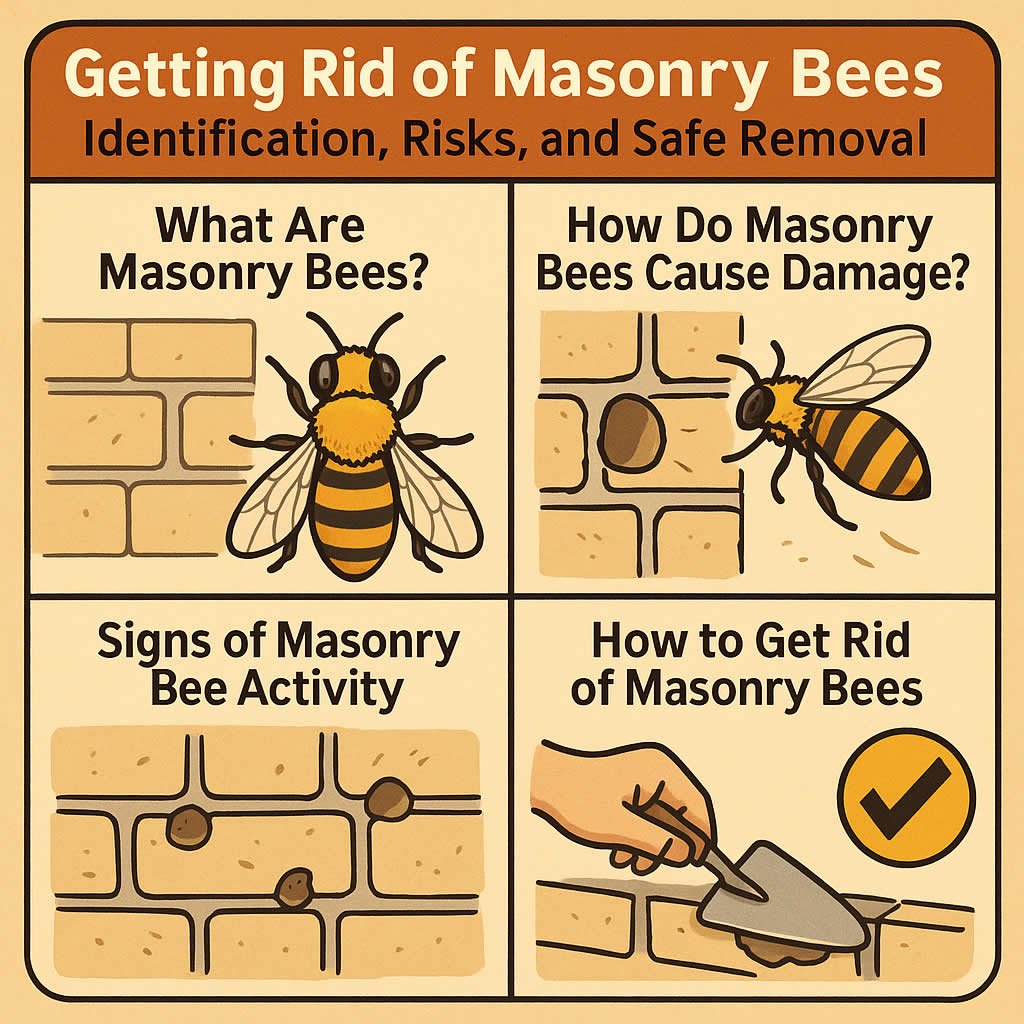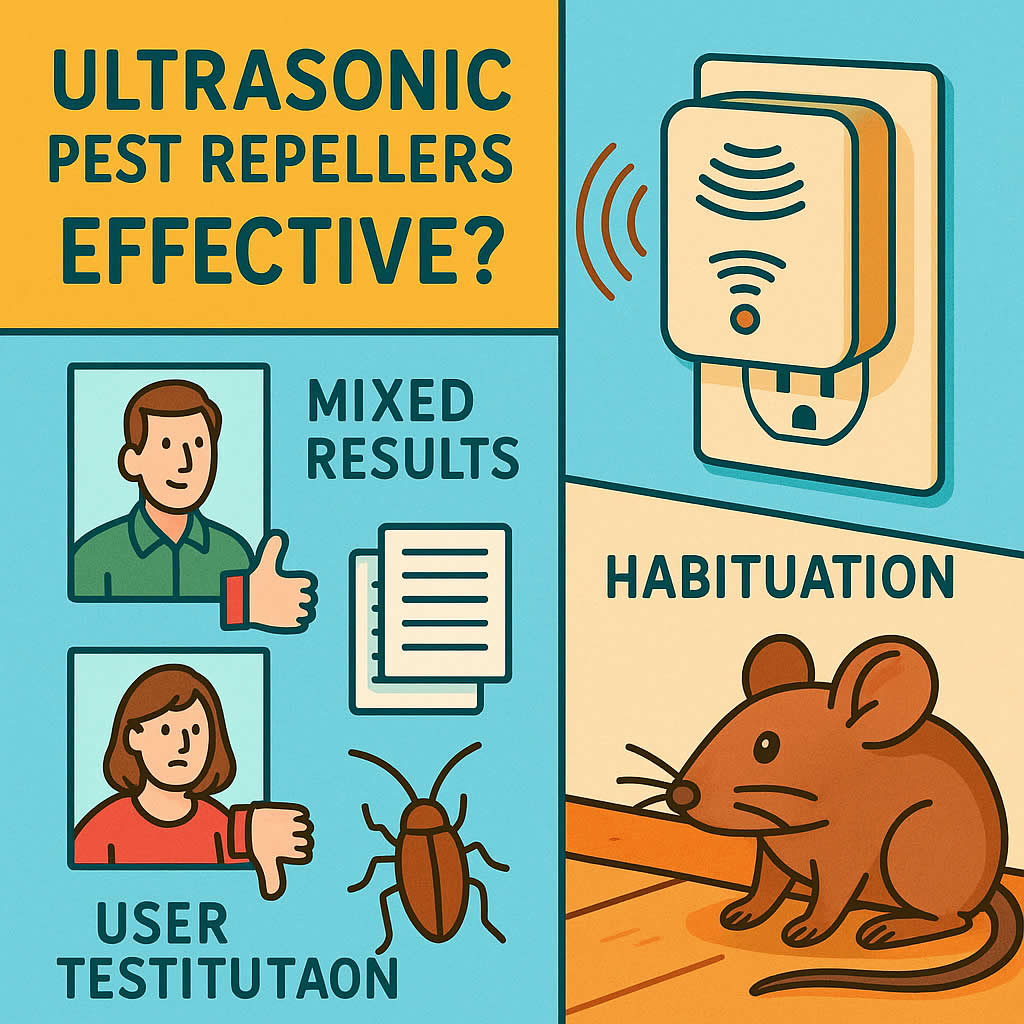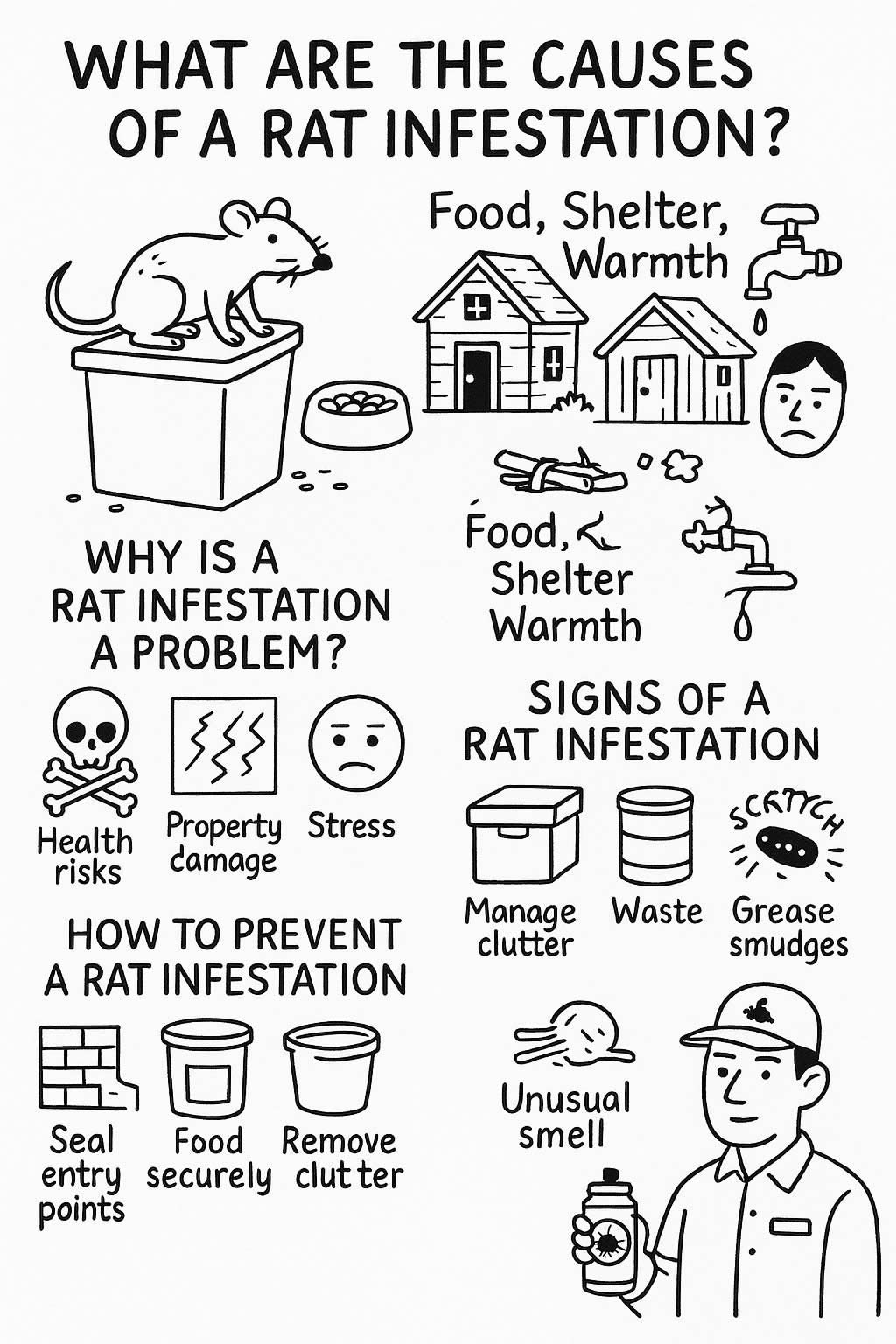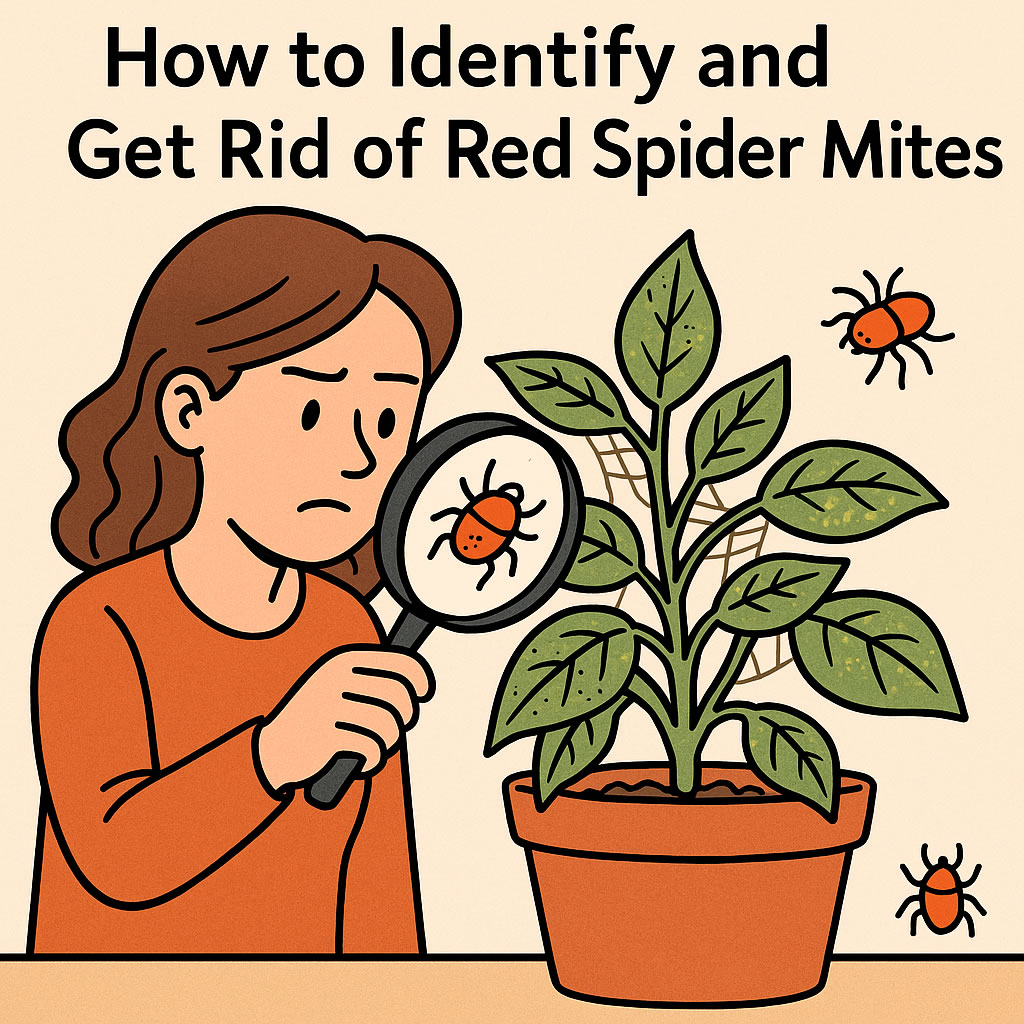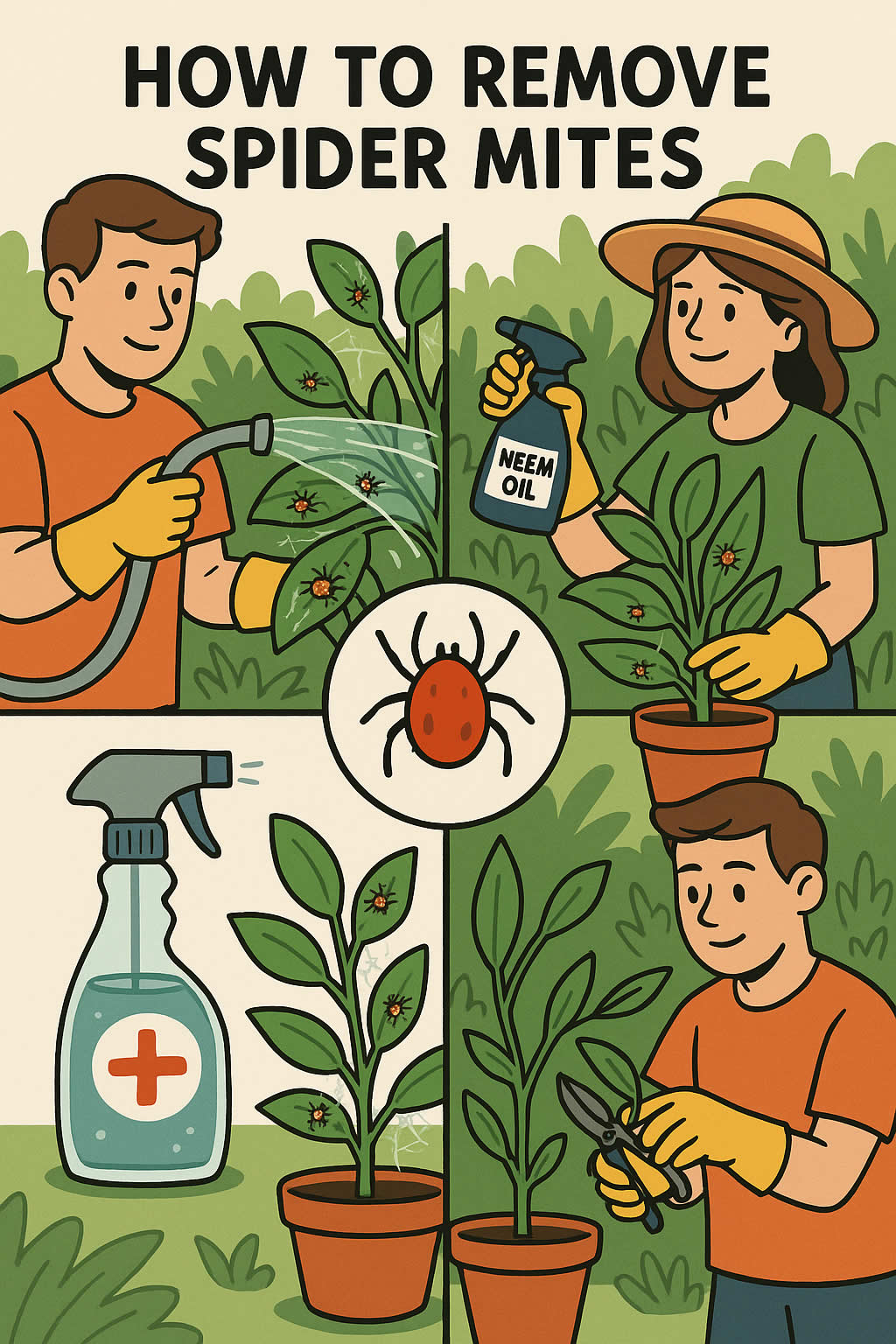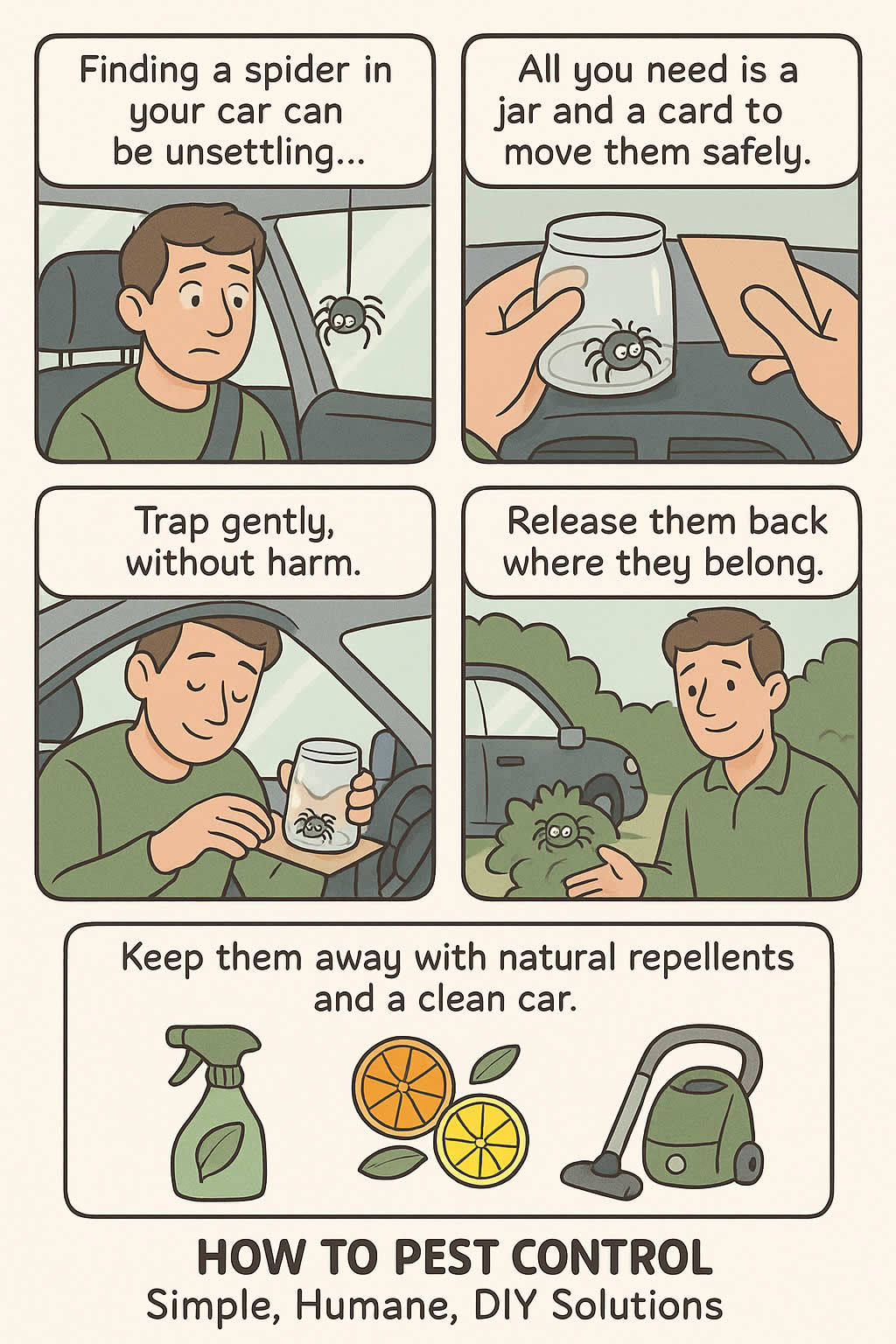Related Queries
ToggleGetting ready for a bed bug treatment might feel overwhelming—but the truth is, the more you prepare, the better the results. Proper prep doesn’t just help the treatment work faster, it also helps stop the problem coming back.
Whether you’re hiring a pest control company or handling it yourself, you’ve got a key role to play. You’re not just clearing space—you’re making it possible to kill every last bed bug and egg hiding in your home. That means less stress, fewer follow-ups, and a proper return to peace of mind.
Let’s walk through everything you need to do before bed bug treatment day.
Why Proper Preparation Matters
Bed bugs are sneaky. They don’t just live in your mattress—they hide in furniture cracks, behind skirting boards, inside wardrobes, under rugs, even inside plug sockets. A quick spray on the bed isn’t going to fix it if they’ve spread throughout the house.
That’s why your preparation is so important. It helps uncover those hard-to-reach hiding spots. It also makes the treatment more thorough—because the fewer obstacles in the way, the more likely it’ll reach everywhere it needs to.
Without prep, even the best pest control team might miss bugs that are buried deep in clutter, laundry, or soft furnishings. And if even a few survive, they’ll multiply and bring the infestation straight back.
So if you’re going to pay for treatment—or spend time doing it yourself—make it count. Preparation makes the difference between a quick recovery and an ongoing nightmare.
What To Do Before Bed Bug Treatment
There’s a lot to think about before treatment day, but if you break it into steps, it’s easier to handle. You don’t need to do it all in one go—just work through it steadily and focus on doing it properly.
Strip and Wash All Bedding and Clothes
Start with your bed. Take off all sheets, pillowcases, blankets, mattress protectors—anything soft that’s in contact with your sleeping area. Do the same with your duvet and pillows if they’re machine-washable.
Then move onto clothes. Anything stored near the bed—or in any other affected room—should be washed. That includes clean clothes in drawers or wardrobes, because bed bugs can crawl inside.
Wash everything on the highest temperature the fabric allows, ideally at 60°C or above. Then dry it on the highest heat setting too. High heat is one of the most reliable ways to kill bed bugs and their eggs.
Once your clothes and bedding are clean, don’t put them back where they were. Store them in sealed plastic bags or boxes until after treatment.
Clear Out Clutter Around Beds and Furniture
Bed bugs love clutter. It gives them more places to hide—and more cover from sprays or steam.
Go through anything under the bed, around the headboard, beside your mattress, or behind nearby furniture. Remove boxes, shoes, books, electrical items, and anything else that might block access.
You don’t need to throw things out unless they’re visibly infested. Just move them to a clear, sealed area so the pest control team can get to the baseboards, frame, and flooring easily.
If you’re planning to treat the house yourself, this step is still crucial. The fewer objects in the way, the more effective your steam or chemical treatment will be.
Empty Wardrobes, Drawers, and Cupboards
Clothes, towels, bedding, and soft accessories are all potential hiding places for bed bugs. If they’ve reached your wardrobe, they could be inside the folded clothes or nestled into seams of drawers.
Remove everything and wash or heat-treat as much as possible. Items you can’t wash—like shoes, handbags, or delicate items—can be placed in a tumble dryer on high heat for at least 30 minutes or sealed in plastic with a bed bug strip or desiccant dust (if advised by your pest controller).
Wipe down the inside of drawers and cupboards. Vacuum the corners thoroughly. This helps remove any eggs or bugs hiding out of sight.
Vacuum All Floors and Furniture
Give your home a deep vacuuming session. Focus on carpet edges, under furniture, inside sofas, around baseboards, and between floorboards. Use a crevice tool to get into tight spaces.
Bed bugs leave behind skin shells, droppings, and eggs—and a good vacuum can help get rid of some of them before treatment begins. Just make sure you empty the vacuum straight away and dispose of the contents in a sealed bag.
If possible, vacuum mattresses, sofa cushions, and upholstered chairs too. It won’t kill bed bugs, but it’ll help reduce the numbers—and every bit helps.
Disassemble Beds and Furniture If Asked
Depending on the treatment being used, your pest controller might ask you to take apart beds, remove sofa cushions, or pull furniture away from the walls.
If you’ve got a divan bed with built-in storage, empty it and remove drawers. If you’ve got bunk beds or a bed frame with slats, see if you can unscrew the parts so the team can access gaps and joints where bed bugs love to hide.
Don’t disassemble anything unless you’ve been advised to do so. But if it’s part of your prep instructions, it’s worth the effort. These hidden areas are some of the hardest to reach without proper access.
Move Furniture Away from the Walls
Make sure your bed, wardrobes, chests of drawers, and any large furniture pieces are pulled away from the wall by at least half a metre. This gives the pest technician space to treat behind them properly.
If you’ve got items that are too heavy to move alone, don’t risk injuring yourself—just let your pest controller know in advance so they can work around it or help on the day.
The more access they have, the more thorough the treatment will be.
Remove Pets and Cover Fish Tanks
Most chemical treatments are harmful to animals. Even if you’re using a heat treatment, the sudden rise in temperature could be dangerous for pets.
Remove all animals from your home—including dogs, cats, small pets, reptiles, and birds. If you’ve got a fish tank, cover it tightly with plastic and turn off any air pumps or filters that pull in air from outside.
Don’t bring pets back until you’ve been told it’s safe, and always air out the space first.
If you’re not sure what’s safe and what isn’t, speak to your vet or pest control provider before treatment.
Don’t Move Items Between Rooms
It’s tempting to move things out of the affected room to give the pest control team more space—but this can make the problem worse.
If you move infested items into clean rooms, you risk spreading bed bugs further around the house. That includes clothes, bedding, furniture, books, and even small items like mobile phones or handbags.
Keep everything contained until the treatment is done. If you need to move something, seal it in a plastic bag or box and only open it again once the infestation has been cleared.
Be Honest About Where You’ve Seen Bugs
When your pest controller arrives, don’t hold back. Let them know exactly where you’ve seen signs—on the bed, sofa, skirting boards, or anywhere else.
Even if you’re embarrassed, it helps them do a better job. They’re not there to judge—they’re there to fix the problem.
Point out blood spots, shed skins, bug sightings, or bites you’ve noticed. The more information they have, the more targeted their treatment can be.
Aftercare: What To Do Once Bed Bug Treatment Is Complete
Once the treatment is done, you’ll probably need to stay out of the home for a few hours—possibly longer if chemicals were used.
When you return, follow any safety advice your pest controller gives you. That might include airing out rooms, cleaning surfaces, or waiting a few days before unpacking.
Don’t immediately move everything back into place. Keep your clothes in sealed bags for a bit longer. Keep an eye out for any lingering signs. It can take up to two weeks to see full results—especially if eggs hatch after the first treatment.
If a follow-up visit is scheduled, don’t disrupt the treated areas or clean too aggressively. Leave the residue in place unless told otherwise.
Common Questions About Preparing for Bed Bug Treatment
Do I need to throw out my mattress before treatment?
Not usually. Most pest control treatments are designed to work with your existing mattress in place. You might need to encase it afterward, but unless it’s severely damaged, there’s no need to throw it out.
Can I leave electronics in the room?
Yes, in most cases. Bed bugs don’t usually hide in electronics unless the infestation is severe. If you’re worried, speak to your pest controller about heat sensitivity and how they plan to treat the area around them.
Should I clean before or after bed bug treatment?
Clean thoroughly before treatment—but don’t deep clean straight after. Many treatments leave behind a residue that needs to stay in place for a few days or weeks. Always follow the guidance you’re given.
Do I need to bag up everything in the house?
Only items that could be hiding bed bugs—like clothes, bedding, towels, and soft furnishings. You don’t need to bag things like kitchenware or books unless you’ve seen signs of bugs in those areas.
Can I sleep in the bed after it’s treated?
Yes, and in fact, you should. If you stay somewhere else, the bugs might follow. Bed bugs are drawn to body heat and carbon dioxide—so keeping yourself in the treated room helps trap and expose them.
Final Thoughts
Preparing your home for bed bug treatment might feel like a lot of work, but it makes a massive difference. The more accessible your space is, the more successful the treatment will be—and the less chance you’ll need to do it all over again.
Work methodically, take it step by step, and don’t rush it. Ask your pest controller for a prep checklist and stick to it. And once treatment’s done, stay alert and patient.
Pest Control Aspley Guise – Pest Control Seddington – Pest Control Sutton
